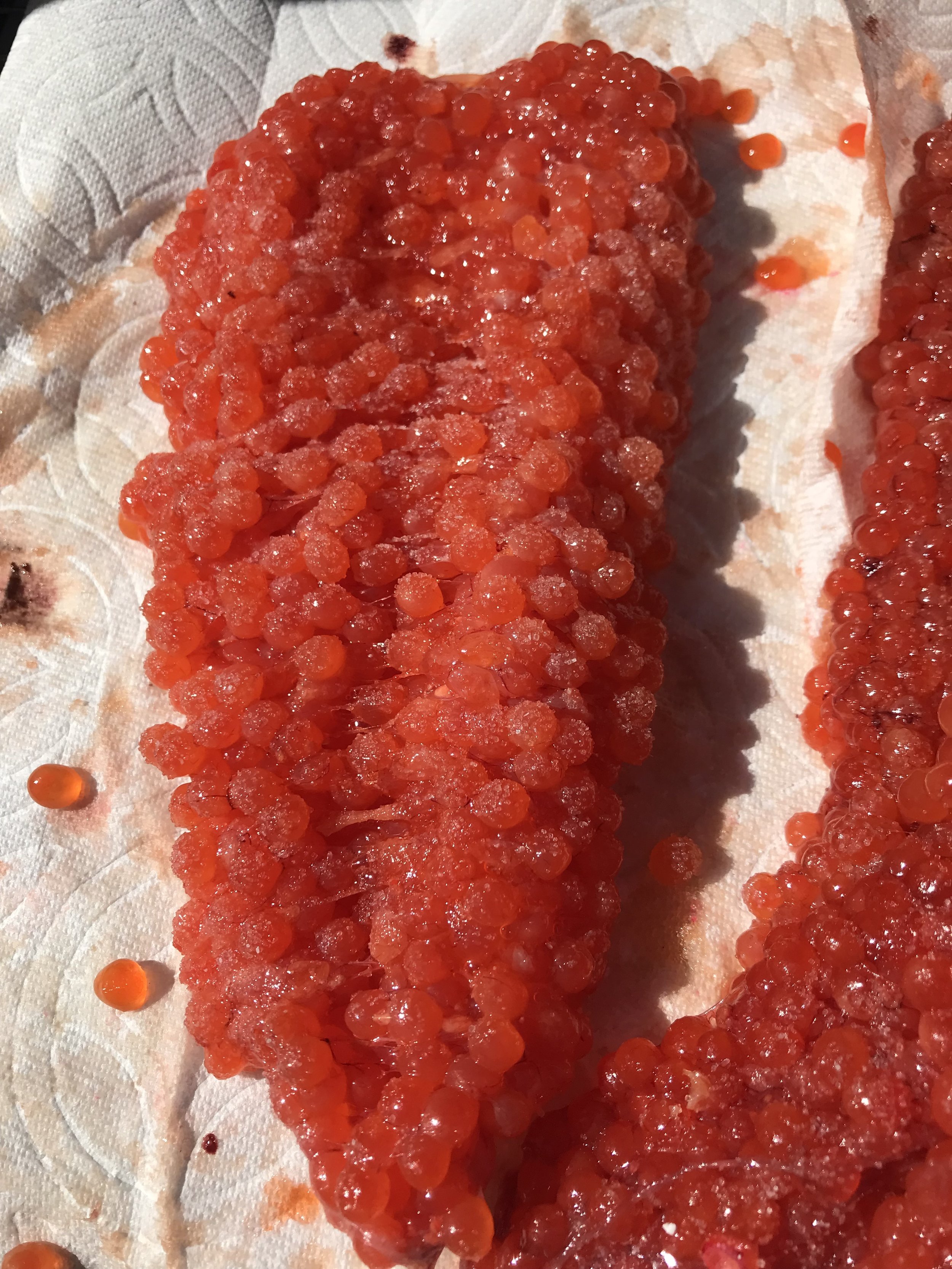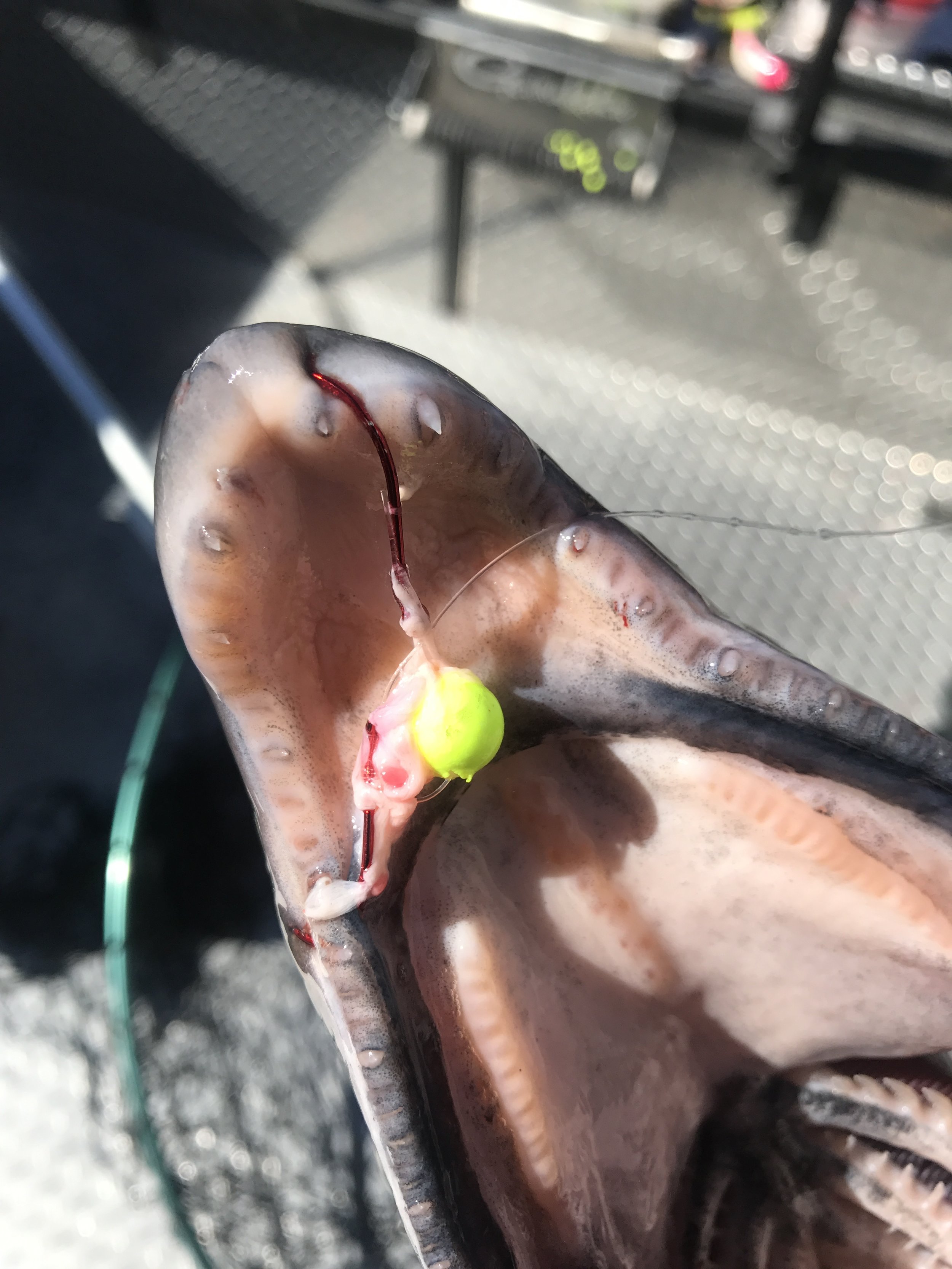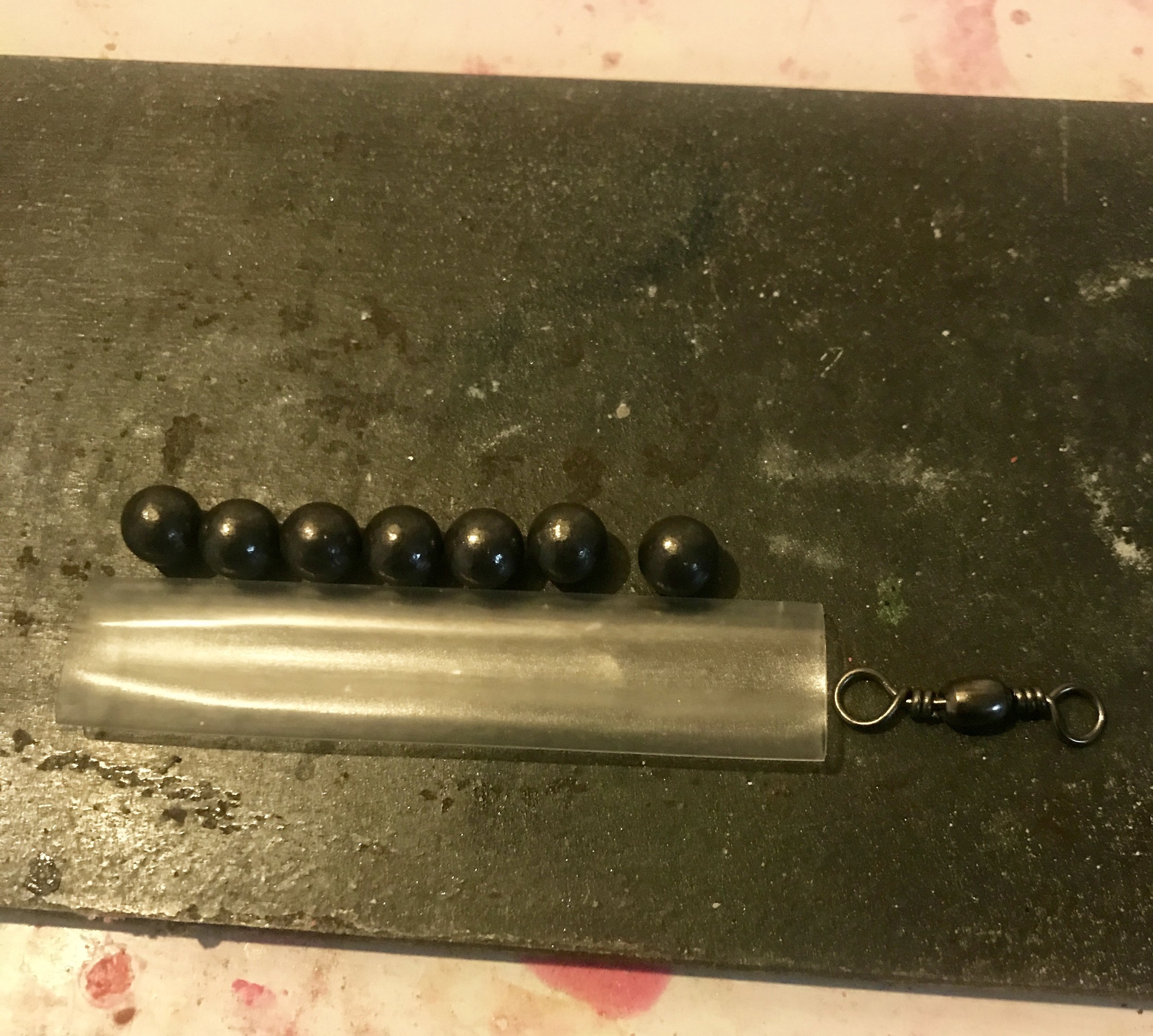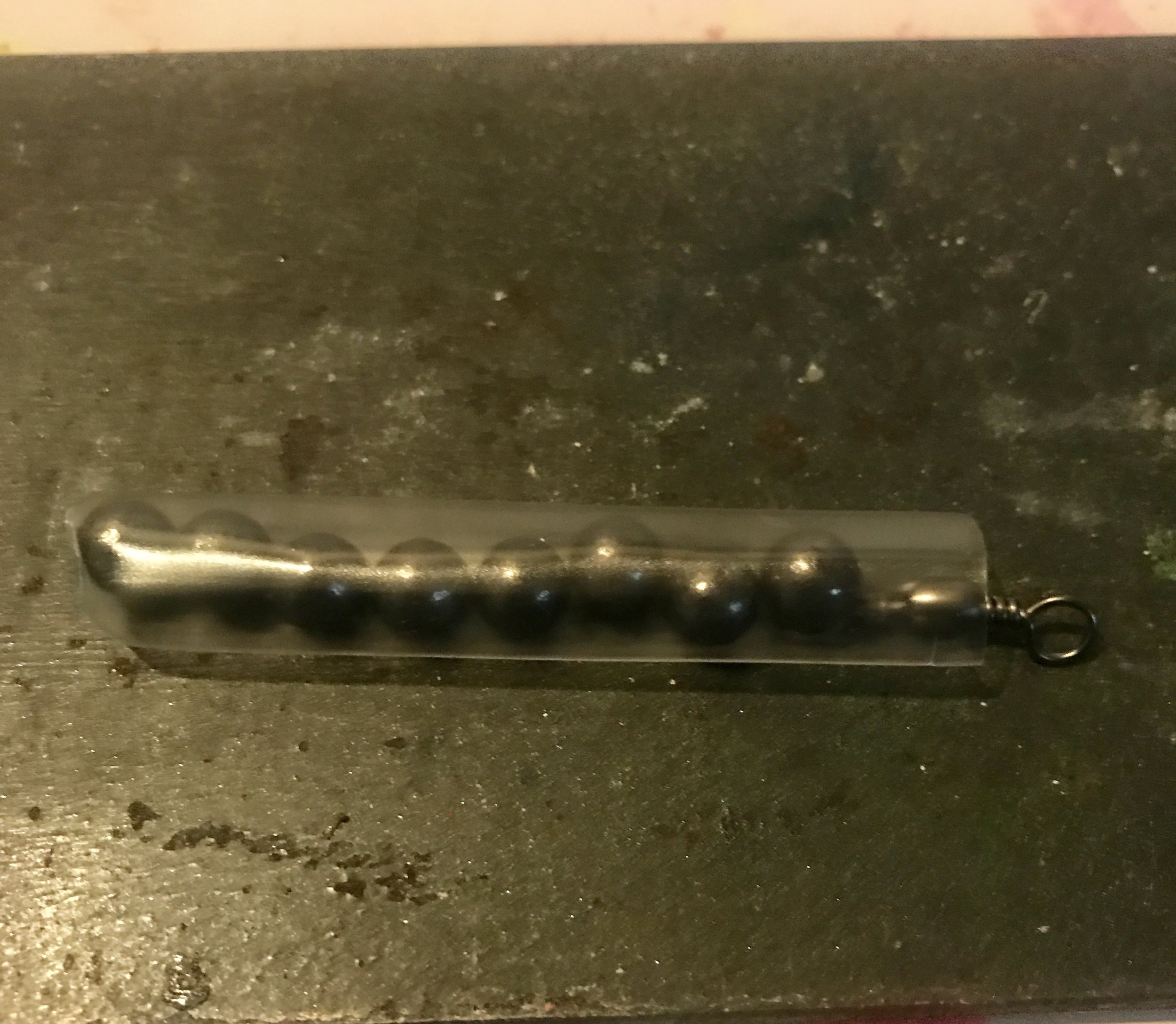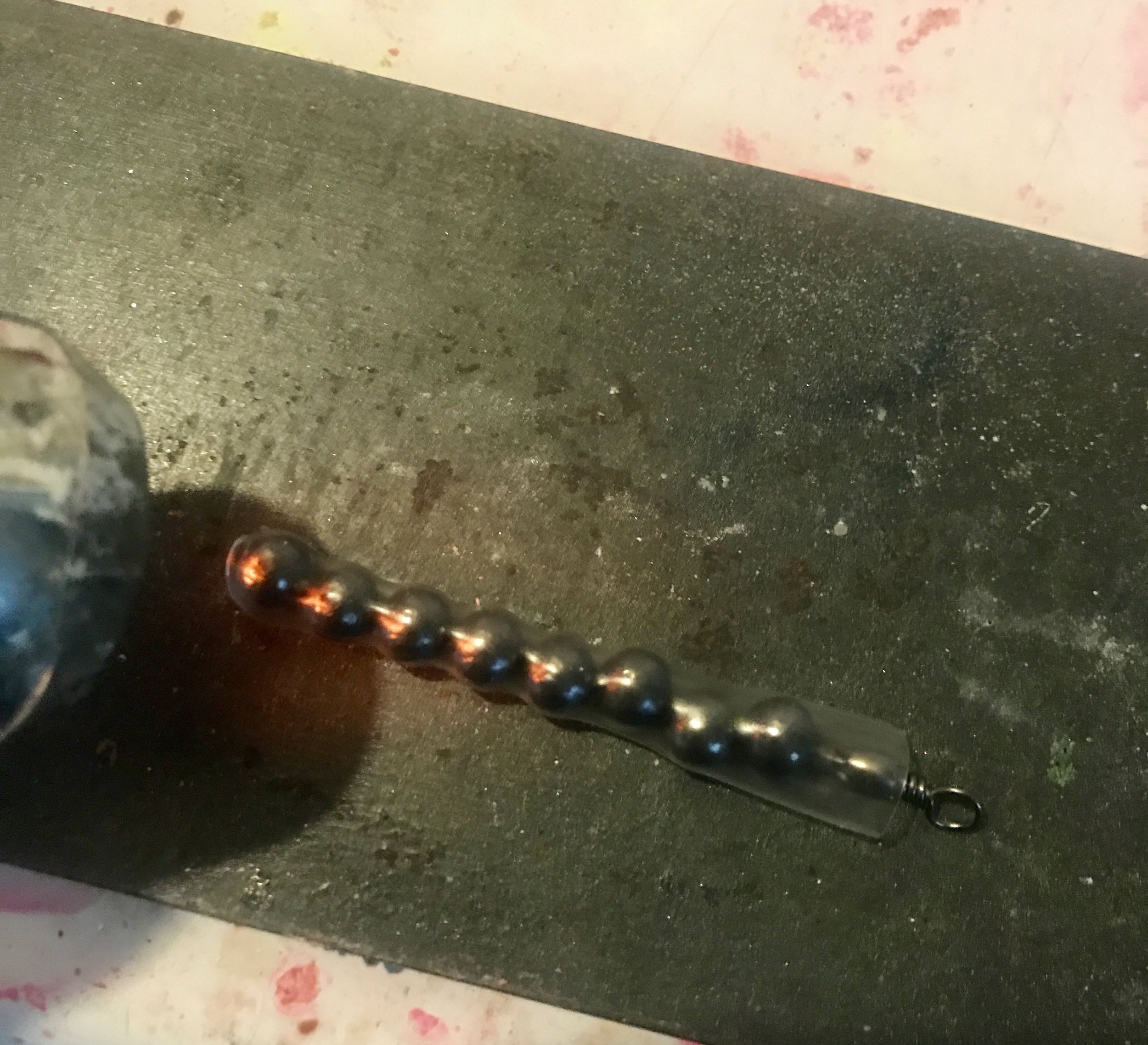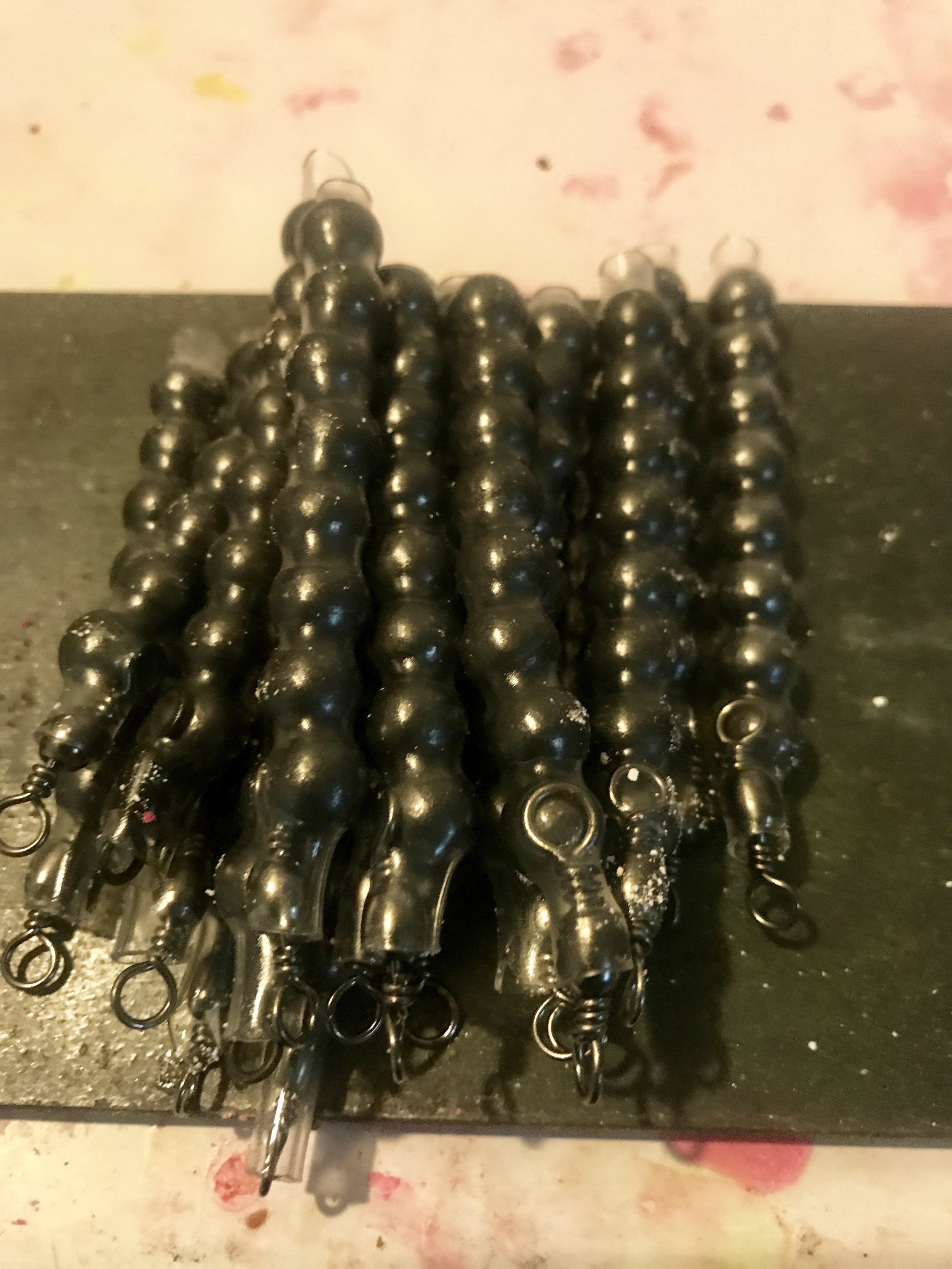King salmon, Kokanee salmon, or trout can be easily smoked and turned into a delicious treat!
Its the fall season in Shasta County and the bad weather is coming! The leaves are turning, acorns are dropping, and the best fishing of the year is, for the most part, in the history books. We've had an exceptional year for fishing here in the north state and I'm sure a lot of you have some King salmon, Kokanee salmon, or even some big trout fillets in the freezer. Maybe some of you even have some left over from last year. Fresh fish is best for the dinner table, but if its last years fish or its a big fillet from a darker salmon you caught on the Sacramento River this year, smoking the fillets just may be your best option for turning your fillets onto a delicious treat.
Getting started!
Smoking fish is really easy as long as you have a smoker and a few basic ingredients. The first step in smoking any fish is the brining. Brining your fillets or cut pieces of fish is easily achieved using three basic things;
- 1 cup non iodized salt
- 1 cup brown sugar
- 1 gallon of water
These are basic ingredients for brining, but its what I always use as the ingredient base for brining before smoking. There are a lot of brine recipes out there, but I find that I have a hard time telling the difference between my basic brine and one with 10 ingredients. I've smoked lots of fish over the years and people who have had some to taste have favorable responses. In fact, lots of clients and acquaintances ask for my recipe. Sometimes I will add a little ground pepper, something a tad spicy, or even something to sweeten it up, but not until after I've completed the brining of the fish.
brining the fish.
I will add the salt and sugar into my brine bucket that is already filled with a gallon of water. I stir in the salt and sugar until I believe it has dissolved. Once the brine is ready, I fill the bucket with the cut pieces of fish. I try to make the pieces of fish around the same size so it brines and smokes evenly. For example, if you smoke a big chunk and a small chunk of fish at the same time, the brine and smoke times will need to differ. Keep them all similar in size and they will brine and smoke best at the same amounts of time. I place the bucket of fish in my garage refrigerator over night. The following morning, I will remove the fish pieces from the bucket making sure to rinse the brine off the fish before preparing to smoke. I pat the pieces down with paper towels to absorb the rinse water and set them out on the smoke racks to get a bit tacky to the tough before I place them in the smoker. When they have dried off a bit and are tacky to the touch, I will sometimes add some of the aforementioned spices, like pepper, to the meat sides of the pieces of fish.
Smoking your fish.
I will place the pieces of fish on the smoker rack skin side down. This make turning, if desired, the pieces of fish over during smoking a bit easier and they tend to fall apart less when doing so. Smoke time will depend on the type of smoker you have, and often time the outside temperature will play a role in smoke time as well. I check on my fish often throughout the smoking process. I think smoke time is critical and it will determine the quality of your smoked fish when its done. I would say I like the smoke time to be 4-6 hours. If its done real quick it tends to end up like cooked fish, and if done too slowly may have an over powering smoke flavor when done. I've tried most of the wood/chip varieties out there and I'm sold on apple wood for smoking fish. Its got a subtle flavor that doesn't over power your fish. One important thing to consider is where you locate your smoker. It does create a bit of smoke in the air and if its near an open door or window in your house, it can leave a powerful smoke smell for days.
Finished product.
Placed on a tray and vacuum sealed this Kokanee salmon will last for a good year or two if you can wait that long to eat it.
Once you have smoked your fish and its ready to eat, keep it refrigerated and it will keep for quite a long time if necessary. If you want to freeze and store some for a longer period of time, place smaller batches on a styrofoam tray and vacuum seal it. It will keep in the freezer for a year or more without freezer burn. Smokers can be purchased just about anywhere, but I buy my smokers and smoking supplies at www.sportsmanswarehouse.com. They have all you will need to get set up. This is just a basic bit of fish smoking information for beginners. There is a lot of detailed information and brine recipes online if you wish to expand on what I have already passed on. Good luck and enjoy eating your deliciously smoked fish!




